The project is presented in two distinct phases, each representing a key movement in the process: the deconstruction followed by the construction.
In the first phase, the Deconstruction, the focus is on dismantling the houses we constructed in the previous semester (Twin Houses) in order to reuse the materials for the subsequent stage. This exercise emphasizes the concept of material cycles. From the outset, we considered the lifecycle of materials, prioritizing the process of dismantling, deconstructing, and eventually rebuilding. This approach allowed us to investigate the prefabrication of reuse, determining which materials could be separated, which modules could be derived, and how these materials would be manipulated, transported, and reassembled. Special attention was given to how the tools used would leave their mark on the material itself.
After establishing this conceptual framework, we proceeded to define and organize each material module, creating a detailed list to guide future construction efforts. With the creative potential of demolition understood and a comprehensive list of reusable elements prepared, we incorporated the critical element of time to plan the transport and assembly of these materials.
With the Deconstruction complete, we transitioned to the second phase, the Construction. We began by outlining the project’s context, ideas, and execution. Our site, located in the city of Zurich between the railway tracks, Langstrasse, and the Limmat, provided a unique urban landscape. During our site analysis, we observed different courtyards, each serving distinct functions, separated by passageways that form transitions between the city and the courtyards. Upon returning to our studio, we discovered a text written by a resident of one such courtyard, who described the benefits of courtyard living. She highlighted how the courtyard provided an escape from the city, a secluded space where residents could relax, socialize with neighbors, and allow their children to play. Further research revealed that the building previously occupying our site had been used as a laundry facility.
Two key themes emerged from our observations: circulation and temporality. The concept of circulation explores the interaction between the city, the courtyard, and our proposed building, linked by various passages and moments, as illustrated in our drawing. The second theme, temporality, extends from our material cycle developed in first phase and is reinforced by the concept of providing housing for 21 temporary residents. Our narrative framework envisions the building as temporary accommodation for individuals arriving in Zurich who seek social connections. This idea inspired the reactivation of the former laundry facility as a communal space, where residents could forge social ties.
The concept of circulation has been materialized, while temporality has been transformed into a building typology that adapts to changes over time. The building’s design incorporates horizontal simplicity with vertical complexity. Communal spaces for the 21 residents, highlighted in orange, are intertwined with the vertical circulation, while private spaces are shown in blue, and areas that blend public and private functions are depicted in green.
Once the circulation system was established, we developed a typology tailored to the building’s short-term occupancy and need for adaptability. Our goal was to create a non-static framework within which residents could evolve and develop their own narratives. The building’s structure and its inhabitants are designed to evolve together, responding to changes over time. In blue, the potential pathways of a resident through the building are illustrated. The drawings showcase the various social connections fostered by the building, both among its residents and between the residents and the courtyard. At the ground level, the laundry facility extends into the courtyard, connecting the residents through the act of hanging laundry.
To conclude the material cycle and visualize where each module from the Deconstruction will be placed, we developed a façade as a stock list, allowing us to position each prefabricated reuse module. The axonometric drawings and details demonstrate the construction process and material cycle of the building.
In summary, we have sought to solidify the ideas of prefabrication of reuse, circularity, and temporality, resulting in a structure that offers adaptable housing solutions for diverse lifestyles. In the next phase, with our architectural folly (here), we aim to further clarify and expand upon the transportation of these modules, considering the marks they leave on the city and their placement in the courtyard.
Collaboration with Belma Ahmetovic and Leander Aerni.
Project carried out as part of the Studio universum carrousel journey of Jan de Vylder at ETHZ.

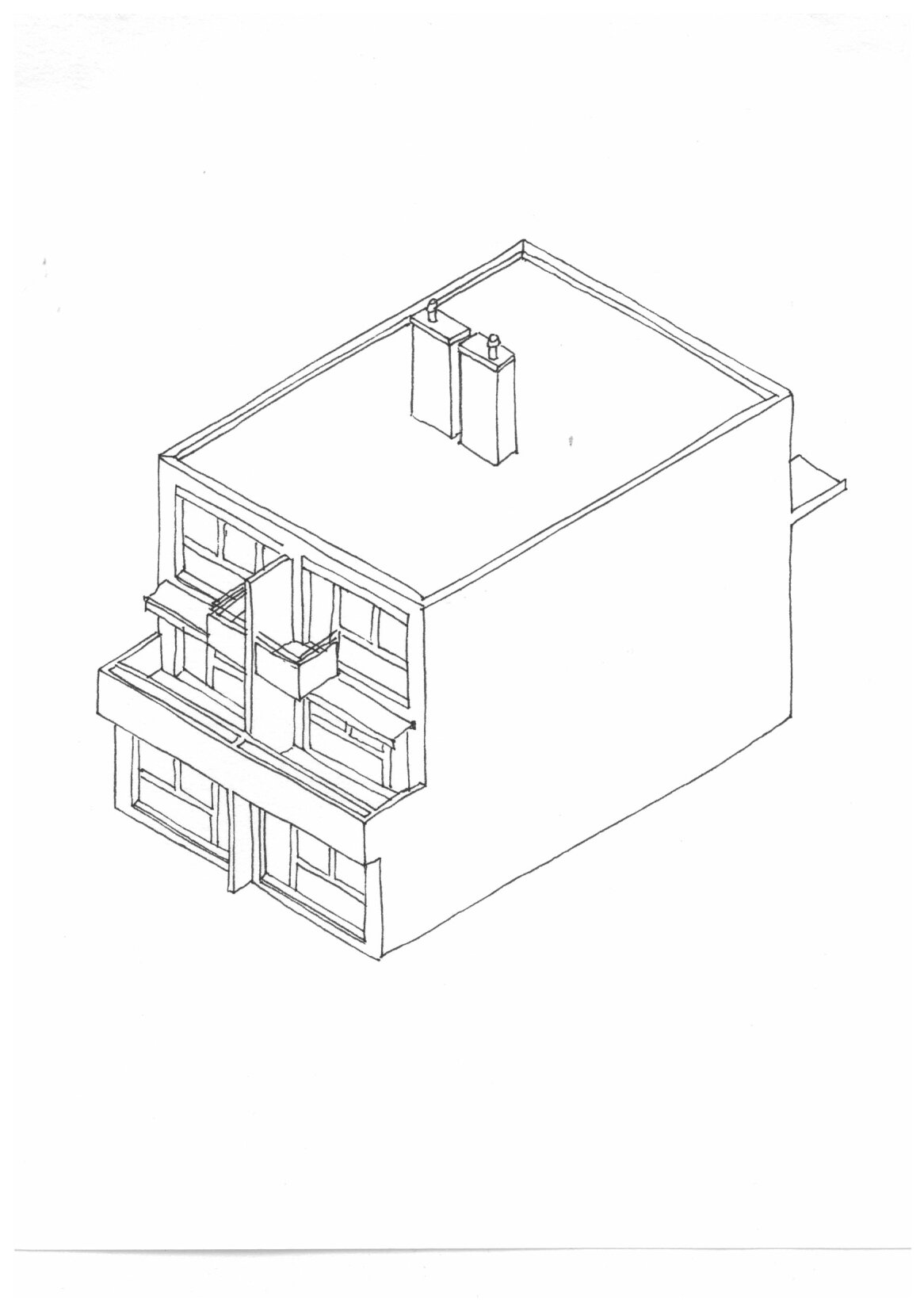
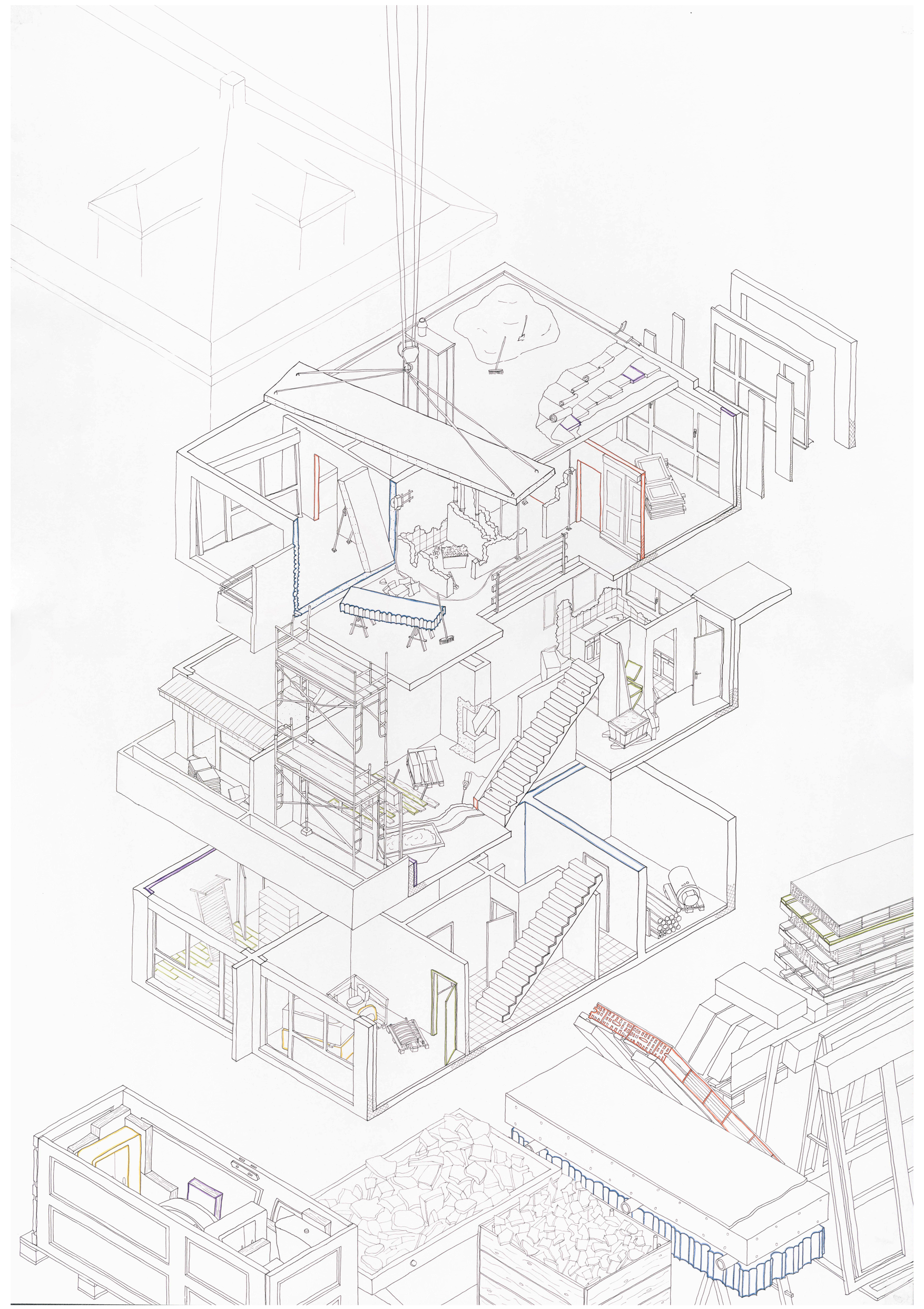
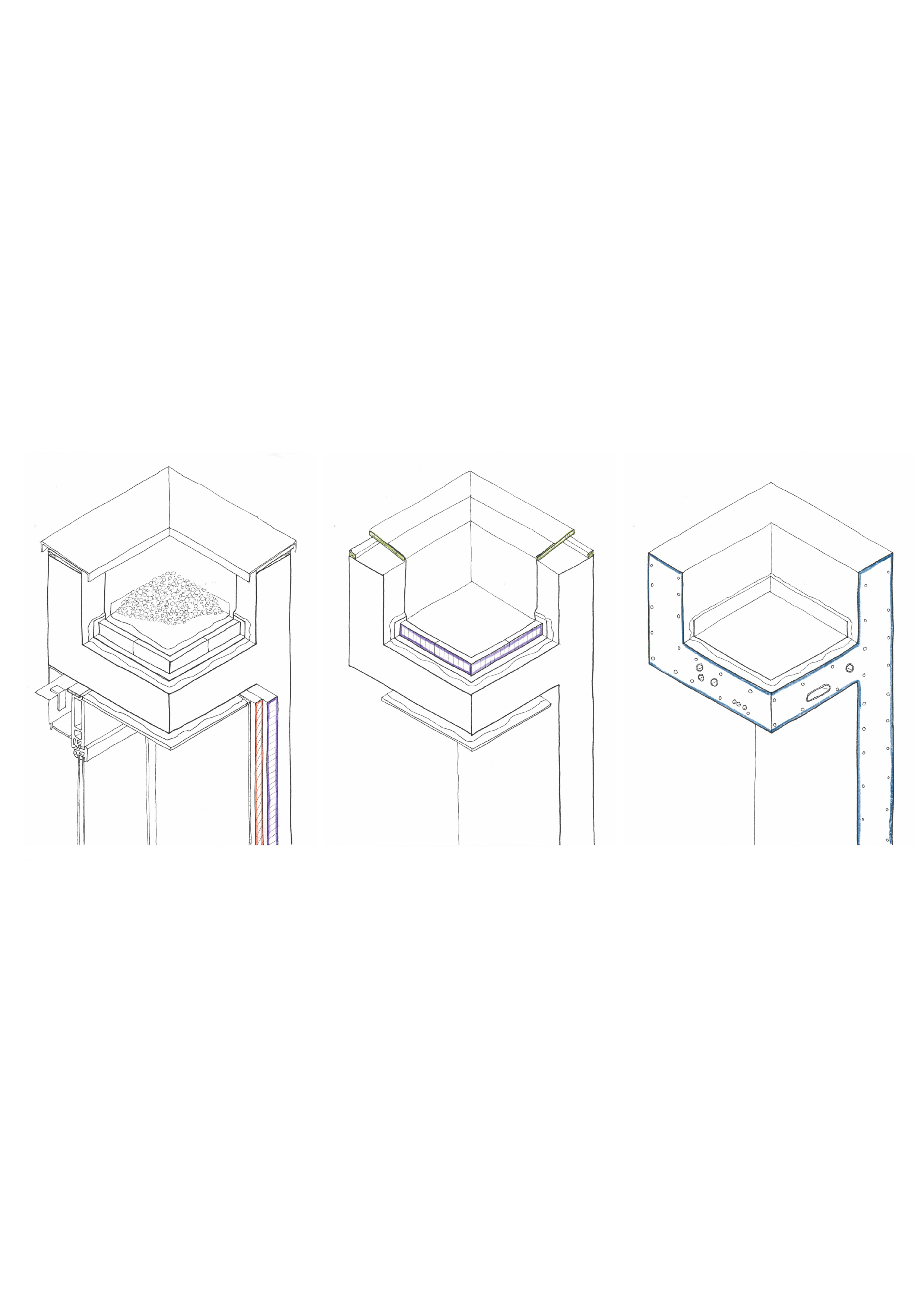
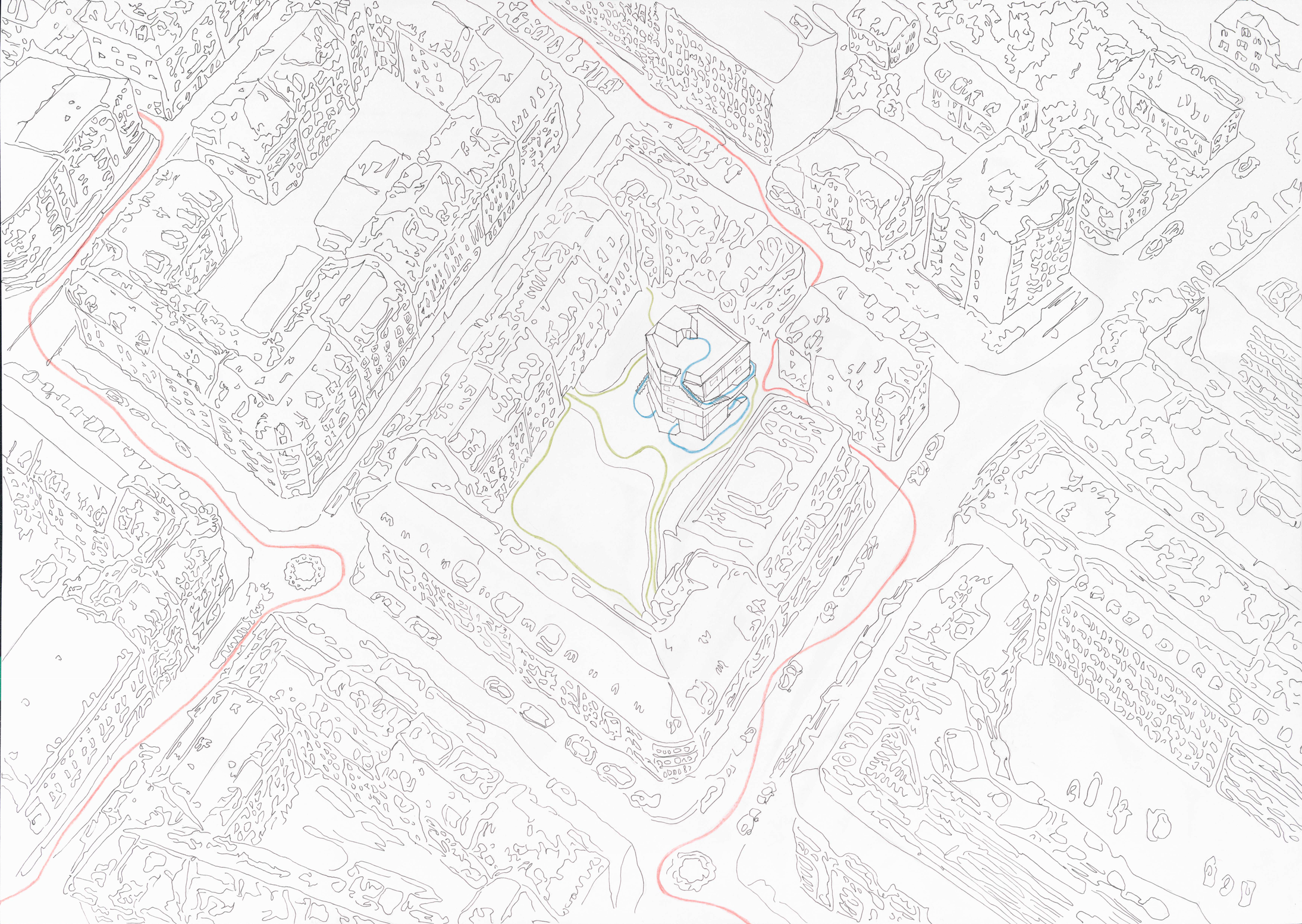
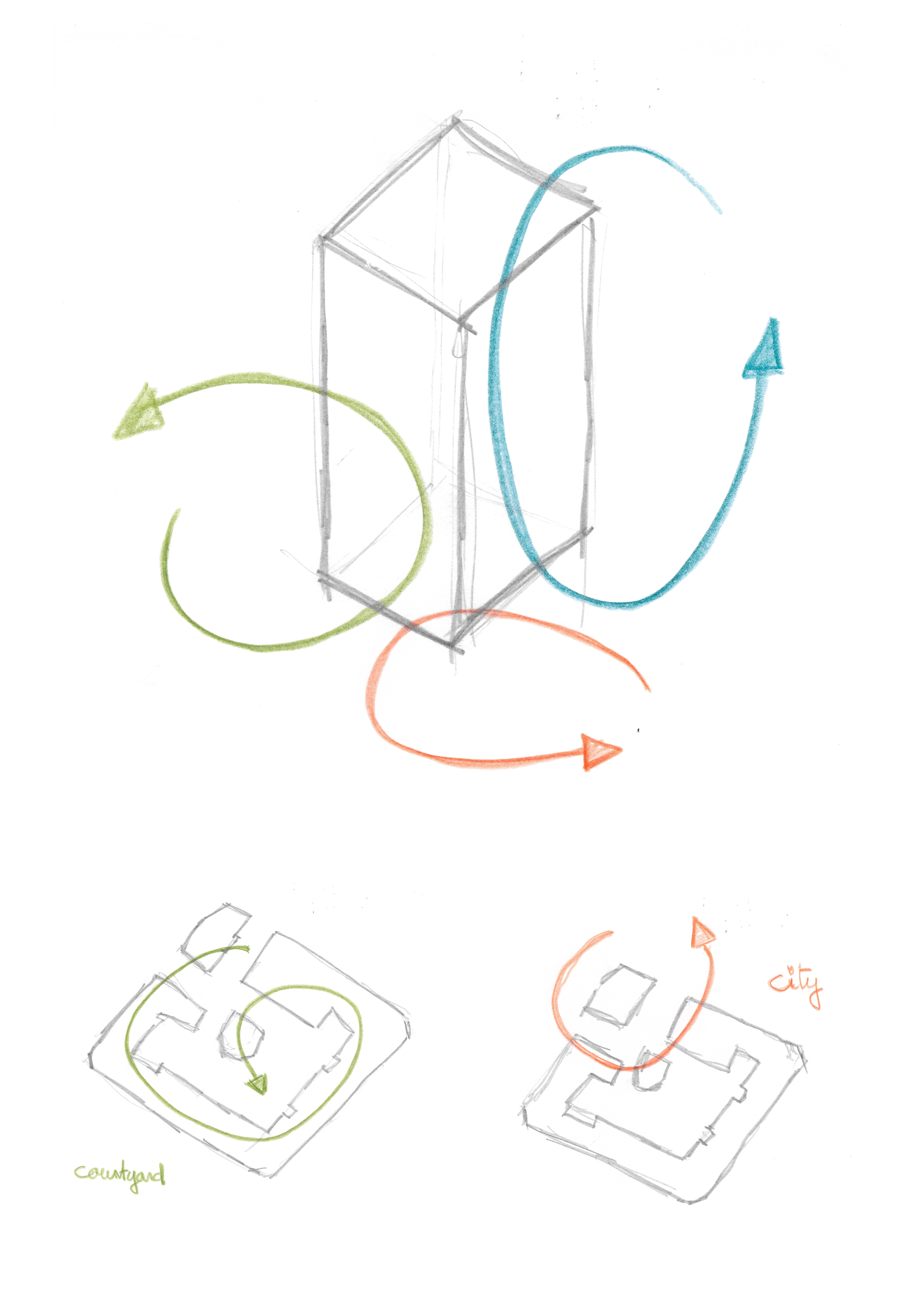
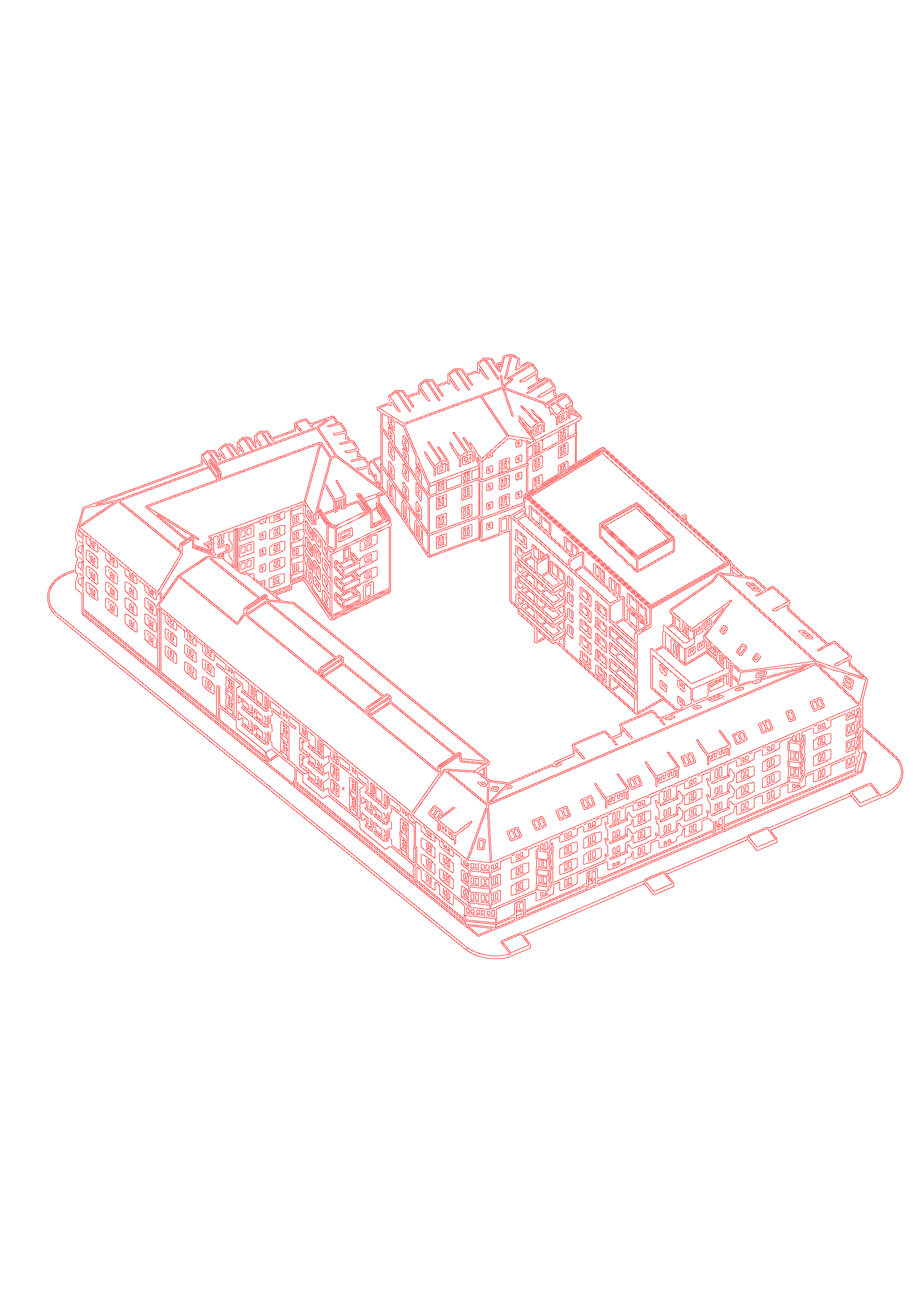
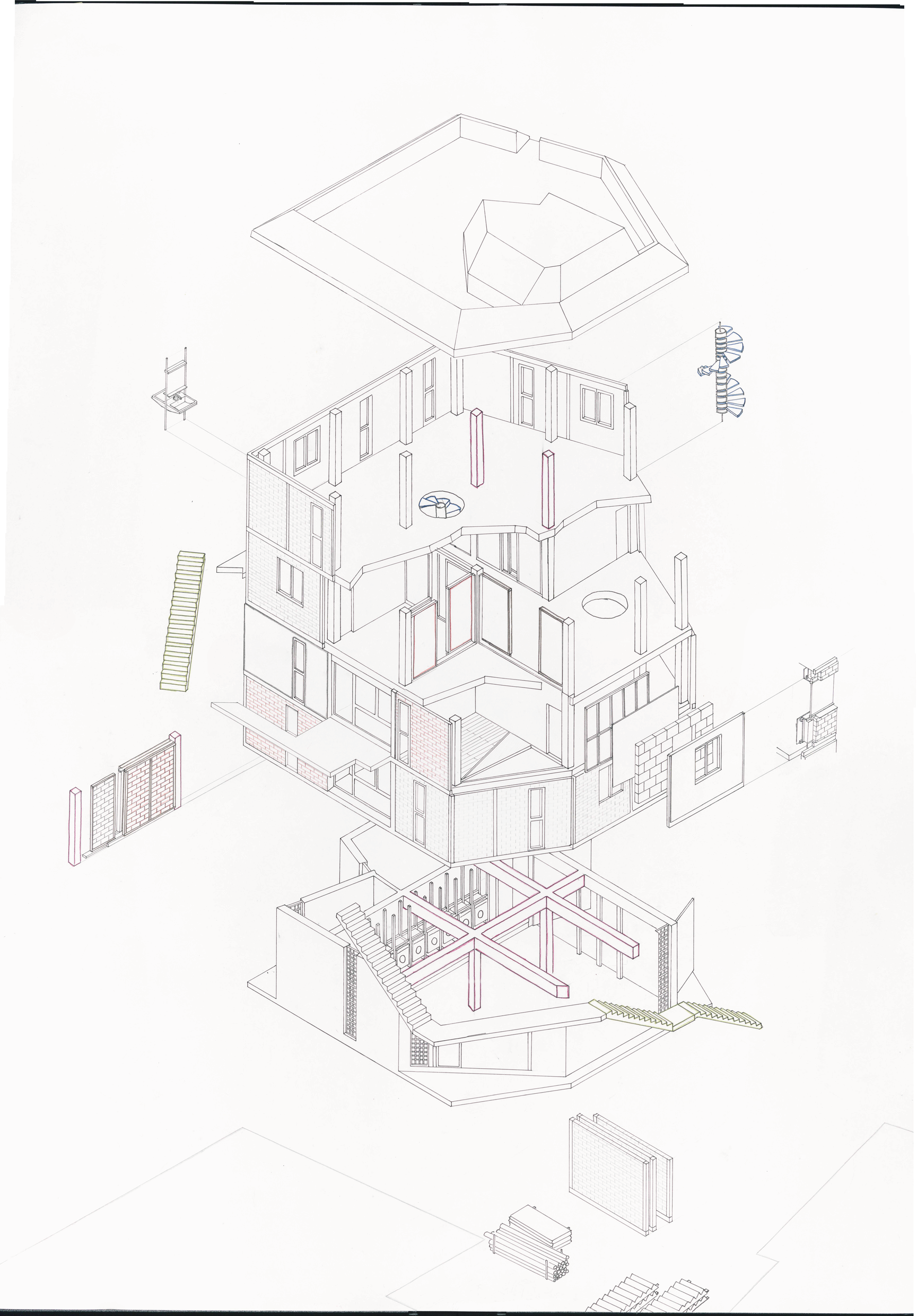
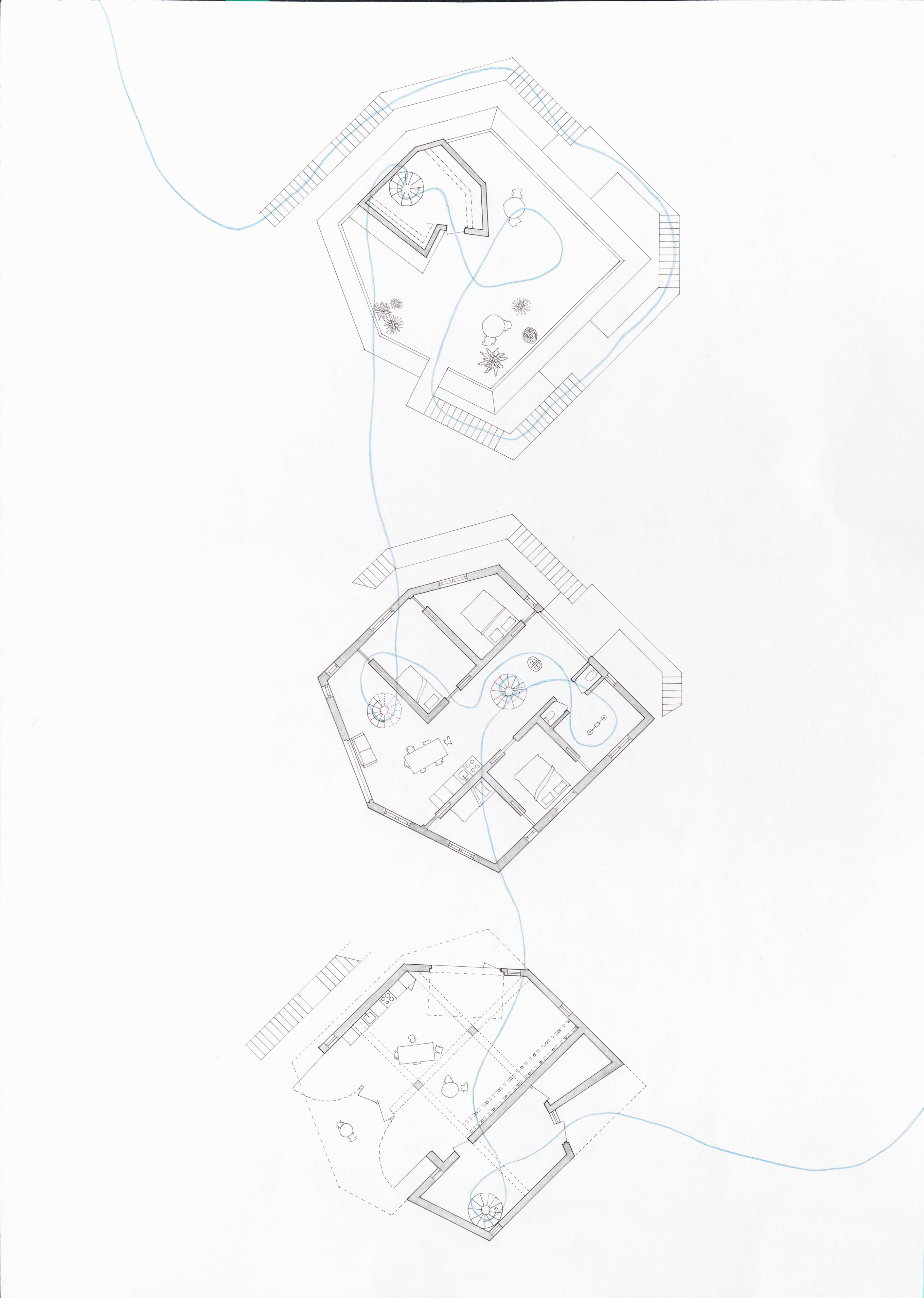


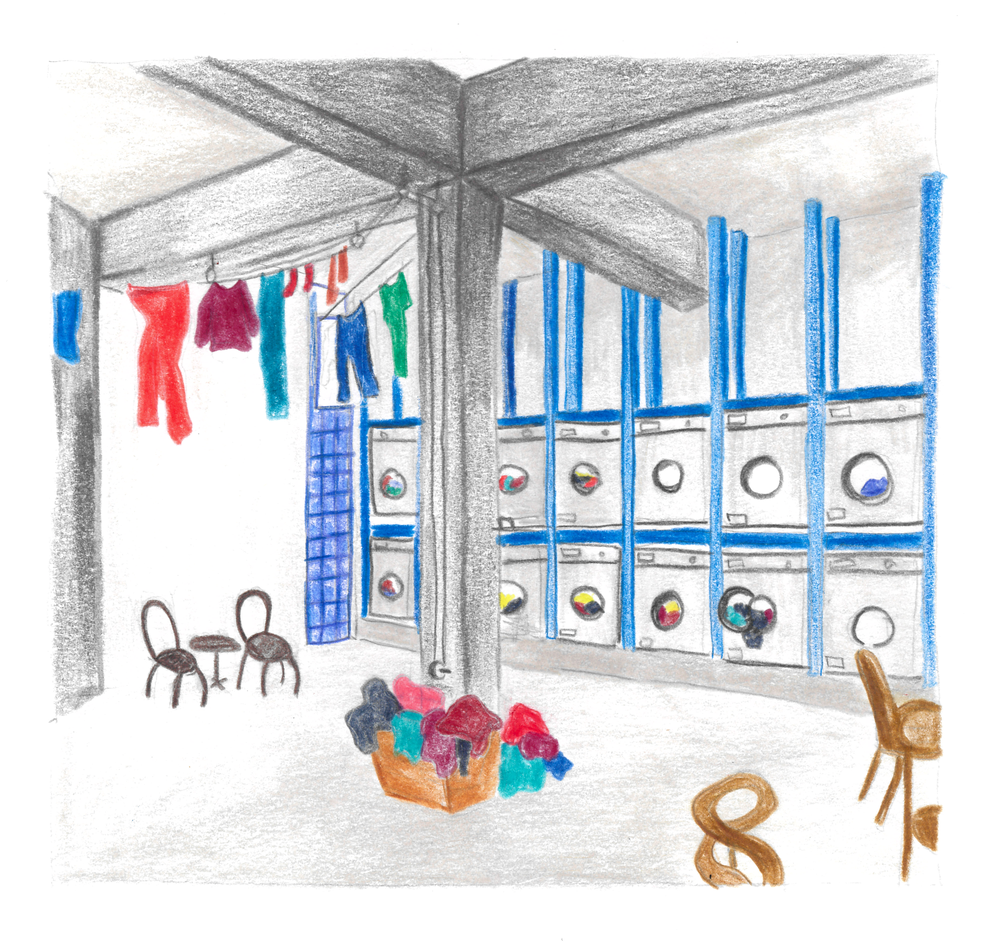
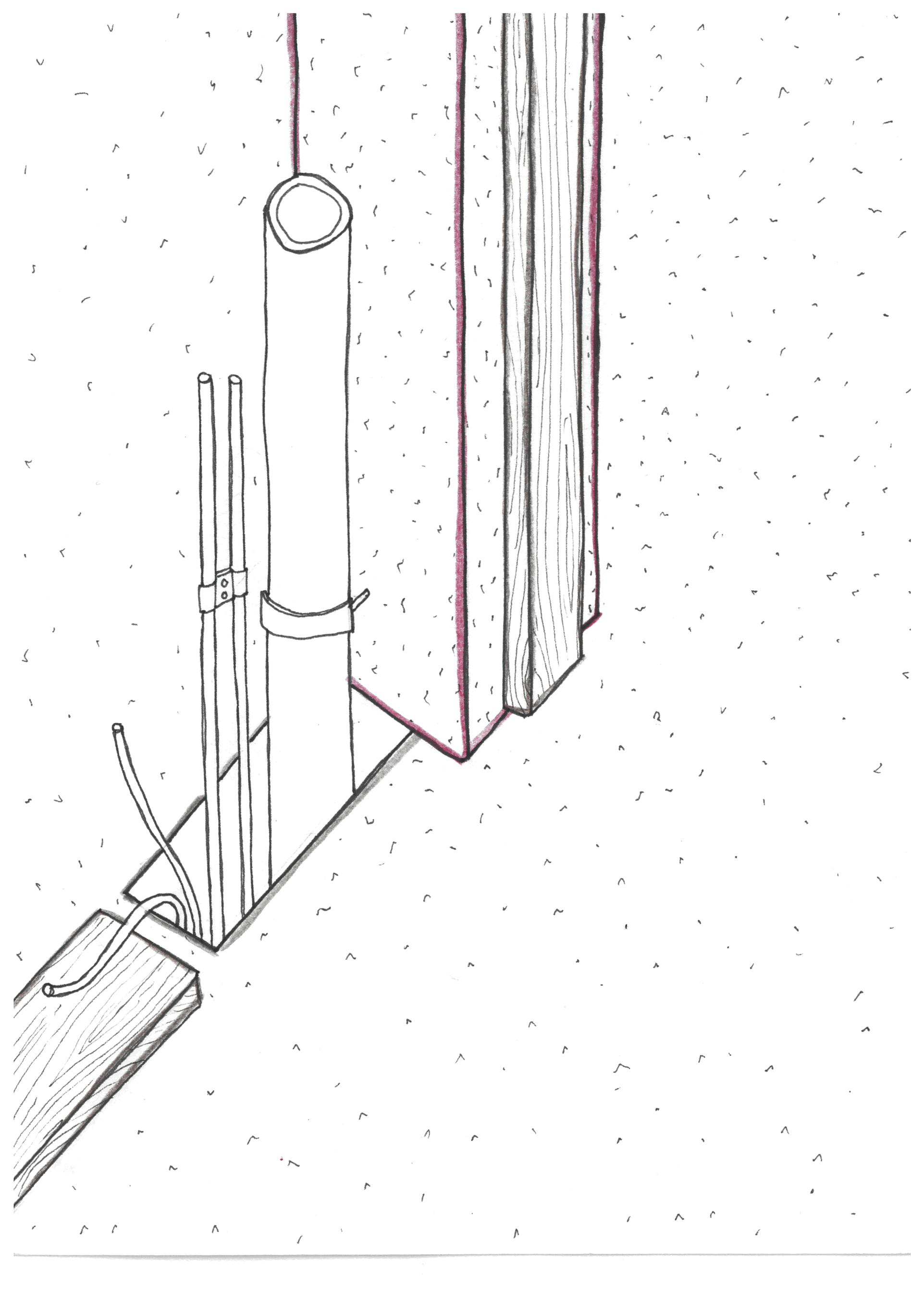
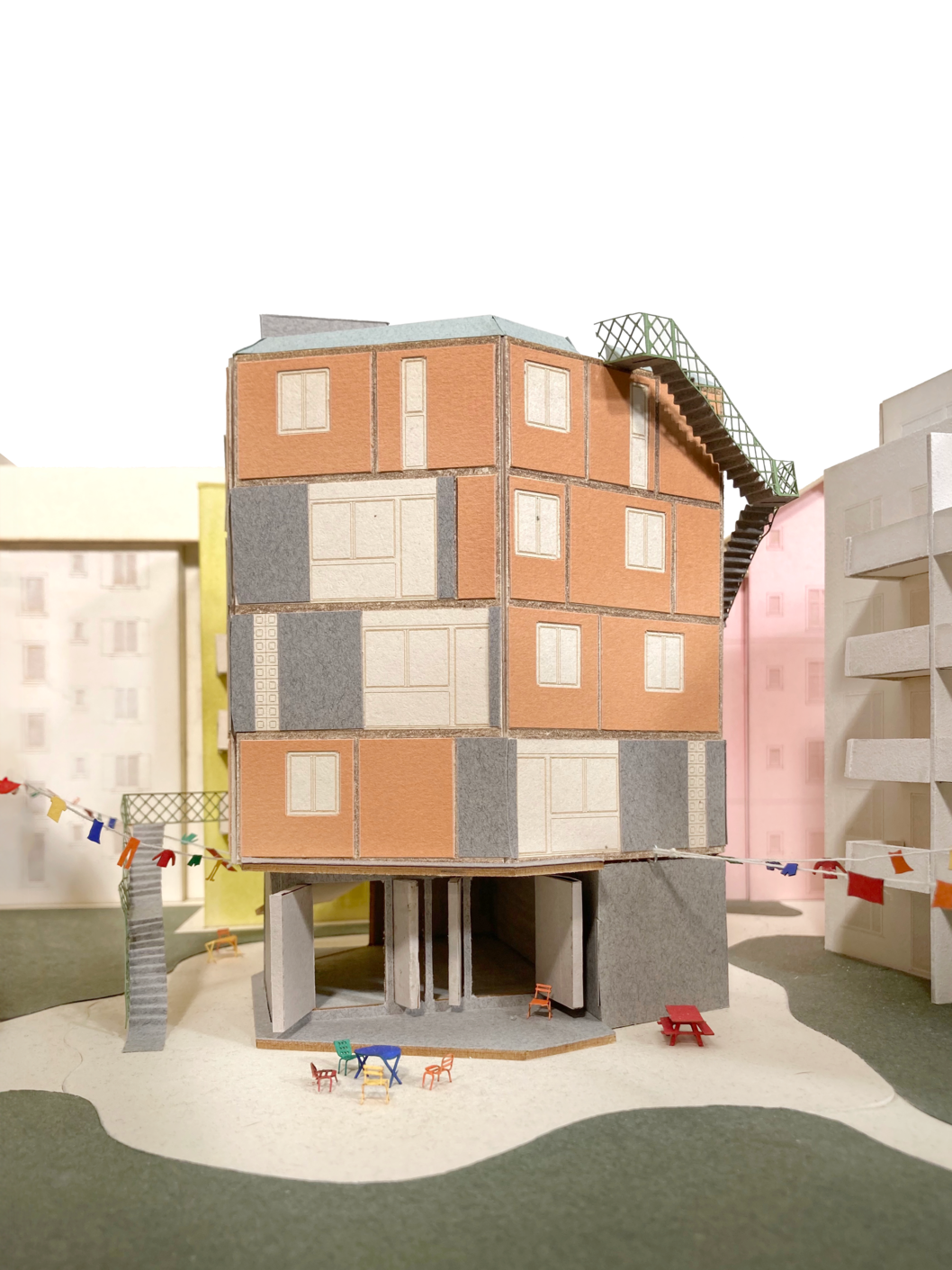
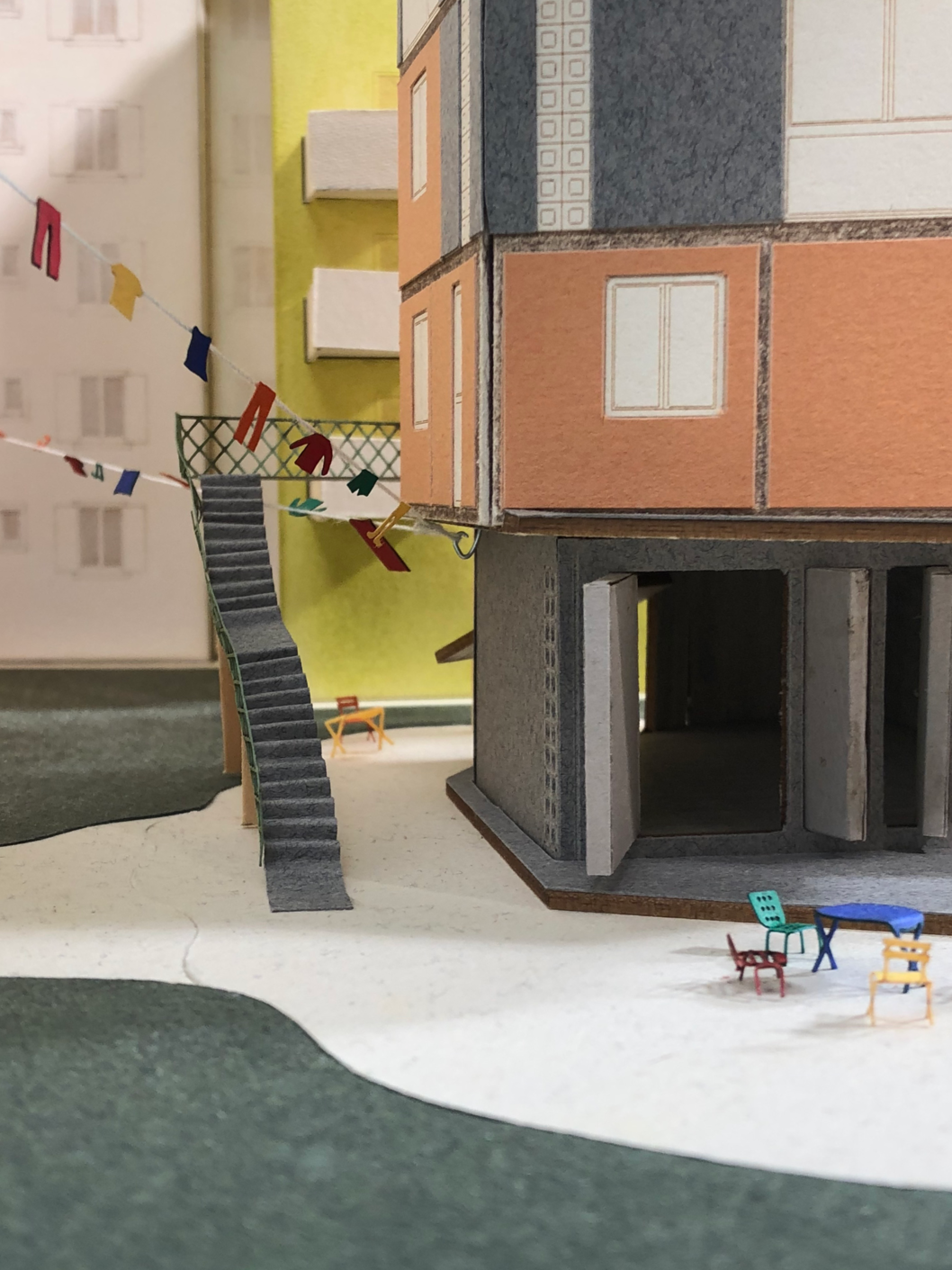
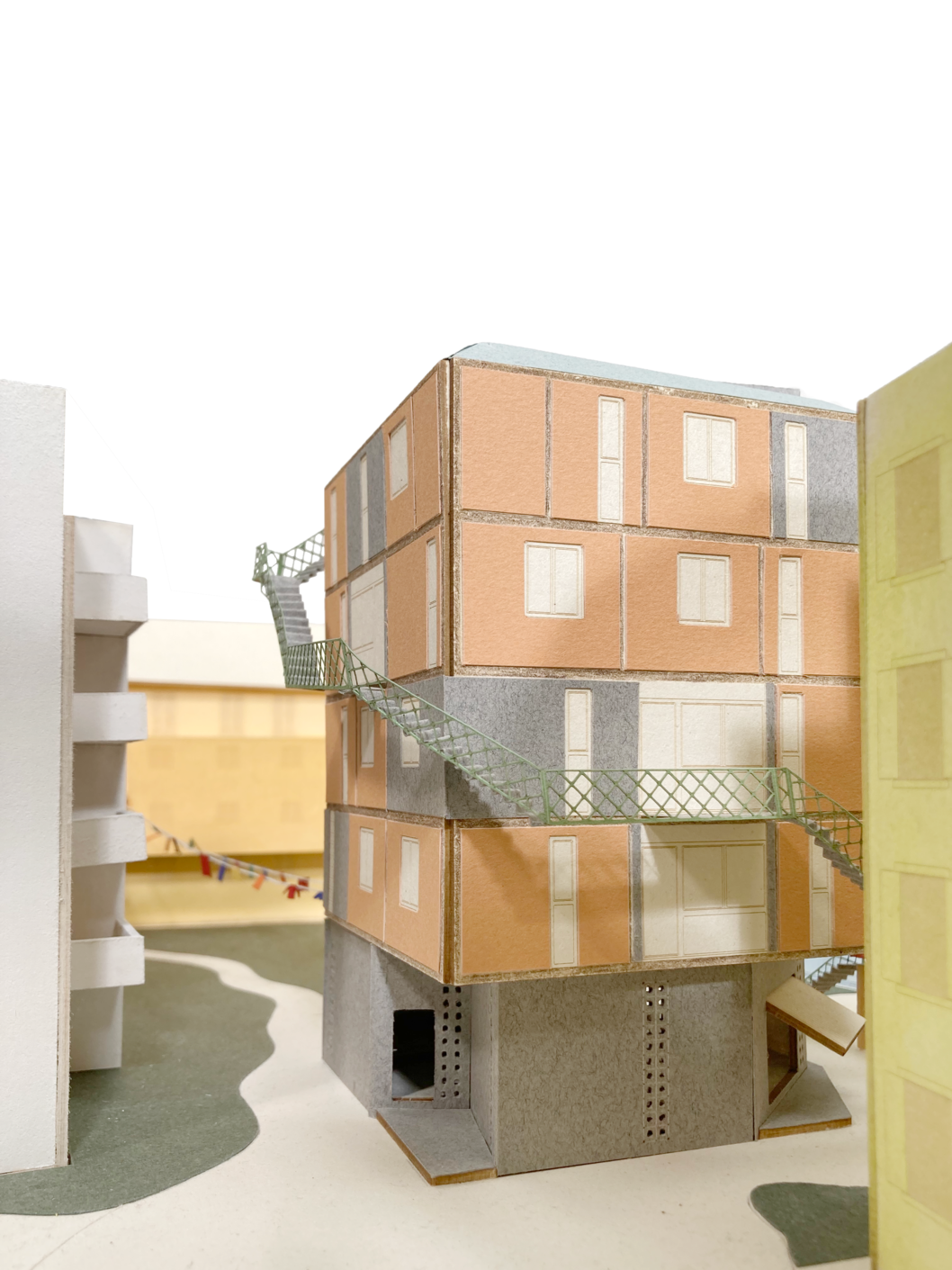
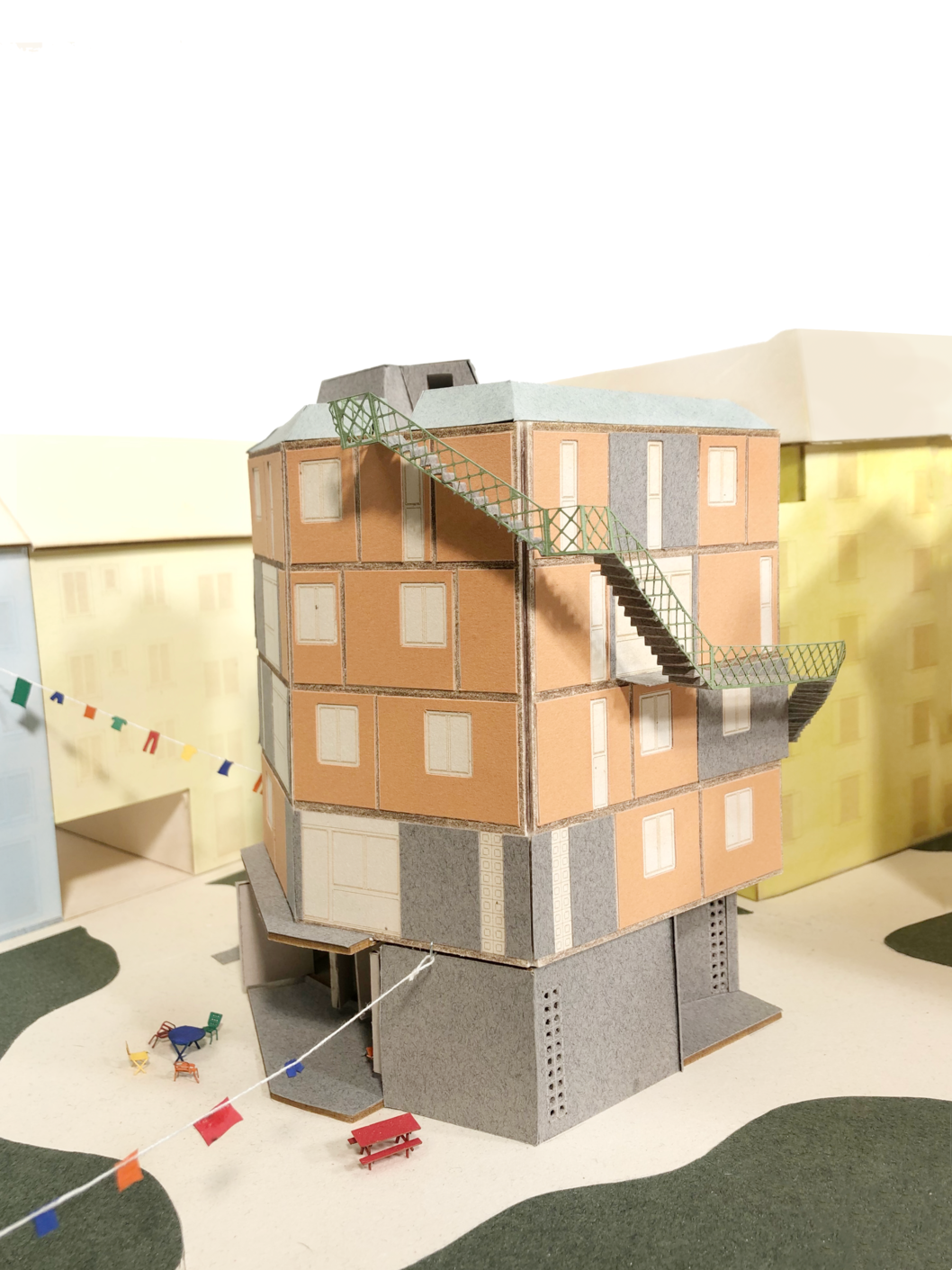
© 2024 Luca Allemann. All rights reserved.